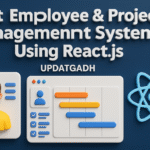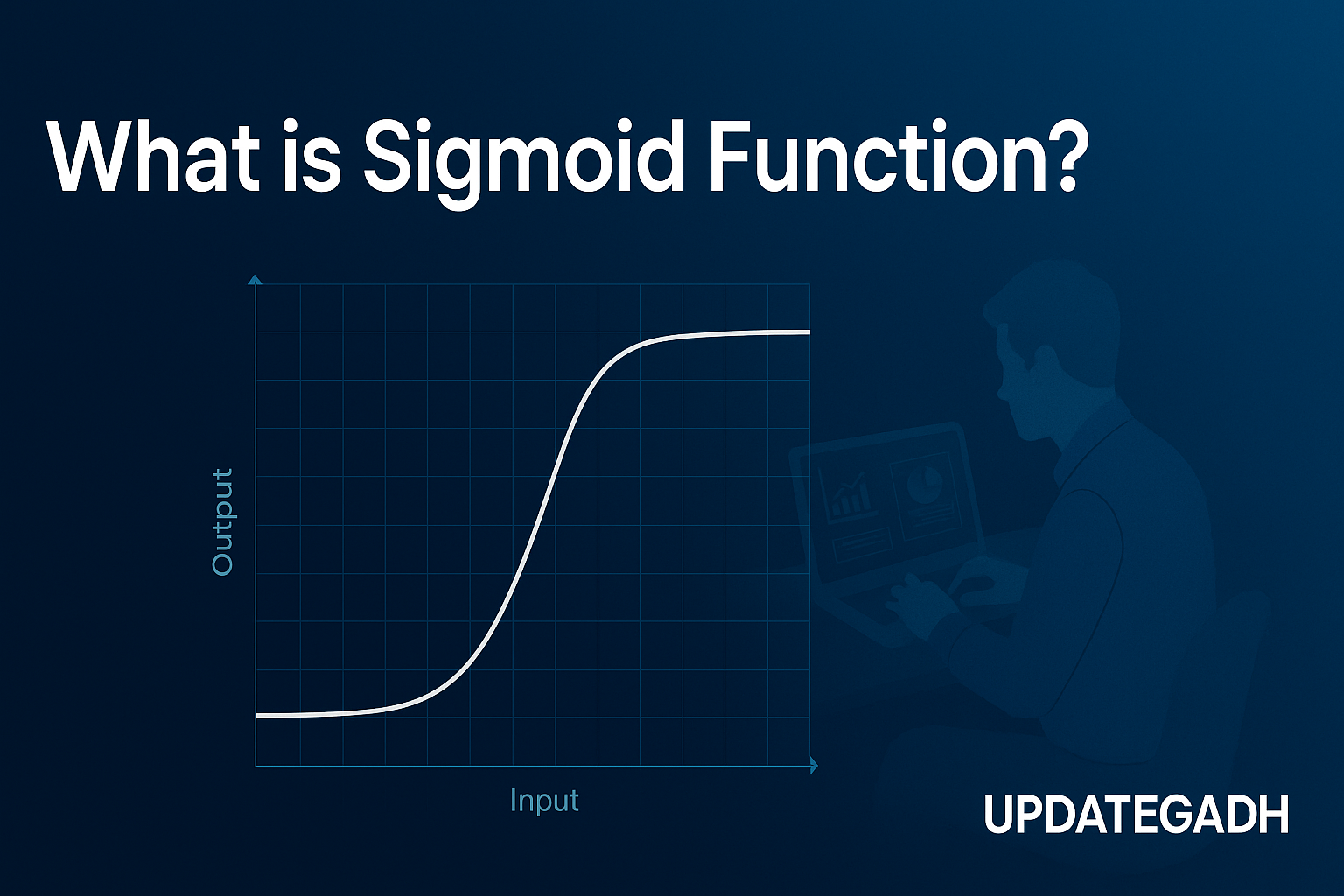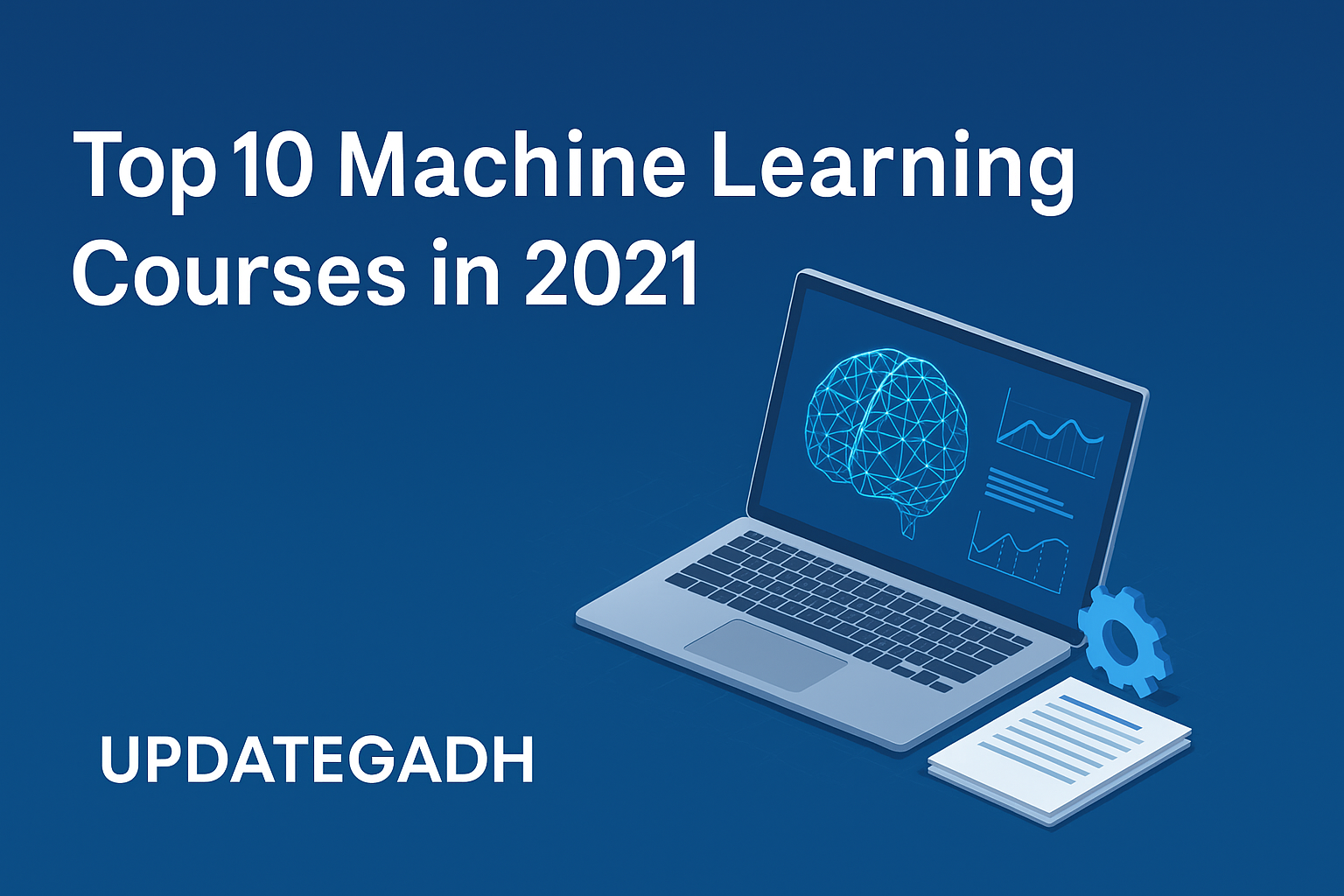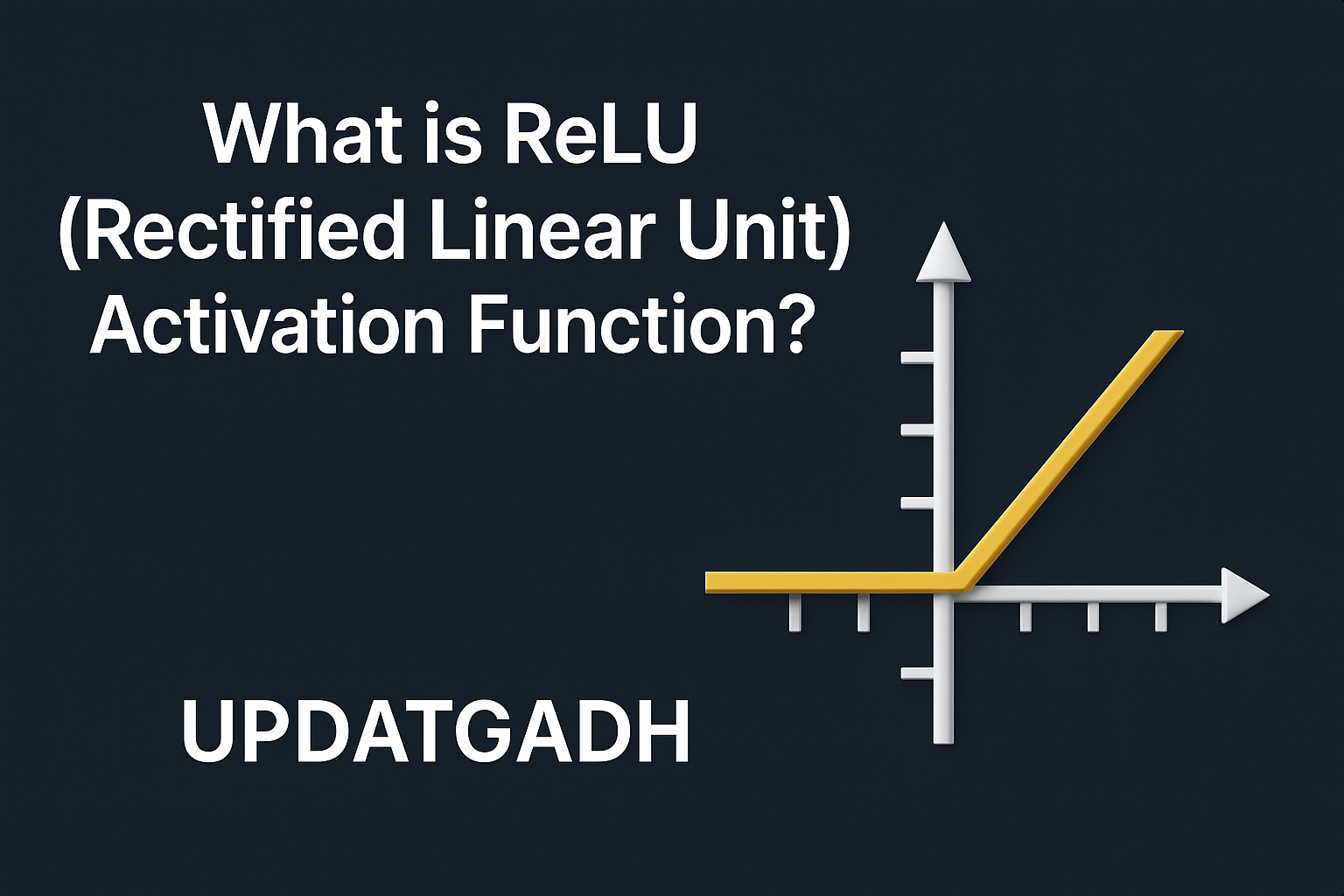
Association Rule Learning
Association Rule Learning
Association Rule Learning is a powerful unsupervised machine learning technique used to uncover interesting relationships and dependencies among data items in large datasets. Its core objective is to identify how the occurrence of one item is linked with the occurrence of another item, helping businesses and researchers make informed, data-driven decisions.
This method is commonly used in various domains, especially in Market Basket Analysis, Web Usage Mining, Inventory Management, and Healthcare Analytics. For instance, in retail, it helps uncover associations between items frequently bought together, enabling better shelf placements and personalized recommendations.
Complete Python Course with Advance topics:-Click Here
SQL Tutorial :-Click Here
Data Science Tutorial:-Click Here
🔍 What is Association Rule Learning?
Association Rule Learning revolves around discovering hidden patterns and correlations among variables within large datasets. It operates based on logical rules that help identify frequent itemsets and the strength of association between them.
Let’s simplify it with a classic retail example:
Imagine you’re at a supermarket. Customers frequently buy milk or butter in addition to bread. Retailers use this insight to place related items close together, thereby increasing sales and improving customer convenience.
🔄 Types of Association Rule Learning Algorithms
There are three primary algorithms used to implement Association Rule Learning:
- Apriori Algorithm
- Eclat Algorithm
- F-P Growth Algorithm
We will explore each one in detail in upcoming chapters.
⚙️ How Does Association Rule Learning Work?
Association Rule Learning uses the “If-Then” format:
If A, then B
Where:
- A is called the Antecedent
- B is the Consequent
This concept is also referred to as single cardinality when one item leads to another. For larger itemsets, the cardinality increases, allowing more complex associations to be discovered.
To measure and validate these associations, several key metrics are used:
📊 Key Metrics in Association Rule Learning
✅ Support
The frequency with which an item or itemset appears in the dataset is referred to as support.
Mathematically, it is the fraction of total transactions that include the itemset.
Formula:
Support(X) = (Total number of transactions / (Number of transactions containing X))
✅ Confidence
Confidence measures the reliability of the rule. It tells us how often items in Y appear in transactions that contain X.
Formula:
Support(X and Y) / Support(X) = Confidence(X ⇒ Y)
✅ Lift
Lift is a measure of a rule’s strength in relation to chance. It helps us understand if the occurrence of item Y is truly dependent on item X.
Formula:
Lift(X ⇒ Y) = Confidence(X ⇒ Y) / Support(Y)
Interpretation:
- Lift = 1 → No relationship (independent)
- Lift > 1 → Positive correlation (dependent)
- Lift < 1 → Negative correlation (substitute relationship)
📌Typical Algorithms for Learning Association Rules
1️⃣ Apriori Algorithm
This classic algorithm works by identifying the frequent itemsets using a breadth-first search technique. It prunes itemsets that do not meet the minimum support threshold and generates strong association rules.
Used widely in retail and healthcare to uncover co-purchase patterns and medical relationships.
2️⃣ Eclat Algorithm
Eclat (Equivalence Class Transformation) employs a depth-first search approach for better performance on dense datasets. It’s faster than Apriori for certain applications due to its vertical data representation.
3️⃣ F-P Growth Algorithm
This is a more efficient improvement over Apriori. The Frequent Pattern Growth algorithm constructs a compact tree structure (FP-Tree) to mine frequent itemsets directly, reducing the need for multiple scans of the database.
🛠 Applications of Association Rule Learning
Association Rule Learning has broad applications across numerous industries:
- 🛒 Market Basket Analysis: Understand which products are frequently bought together to improve in-store layout and marketing.
- 🧬 Medical Diagnosis: Helps doctors identify potential diseases based on symptoms and historical patient data.
- 🧫 Protein Sequencing: Used in bioinformatics to find meaningful patterns in protein structures.
- 📘 Catalog Design: Helps businesses determine the layout of product catalogs based on buying patterns.
- 📉 Loss-leader Analysis: Identifies product combinations where discounts on one item lead to increased sales of another.
Download New Real Time Projects :-Click here
Complete Advance AI topics:- CLICK HERE
🧠 Final Thoughts from Updategadh
Association Regulation Learning is not merely a theoretical idea; it is the foundation of fraud detection systems, recommendation engines, and even medical devices. Understanding and applying these algorithms allows organizations to make smarter decisions, drive growth, and enhance user experiences.
Whether you’re a data analyst, a machine learning enthusiast, or a curious learner, mastering this technique opens doors to endless possibilities in the field of data science.
Stay tuned to Updategadh for detailed guides on Apriori, Eclat, and F-P Growth algorithms, coming up soon!
association rule learning in machine learning
association rule learning example
association rule learning geeksforgeeks
association rule learning python
association rule mining
association rule learning in data mining
association rule learning apriori algorithm
association rule mining example










Post Comment